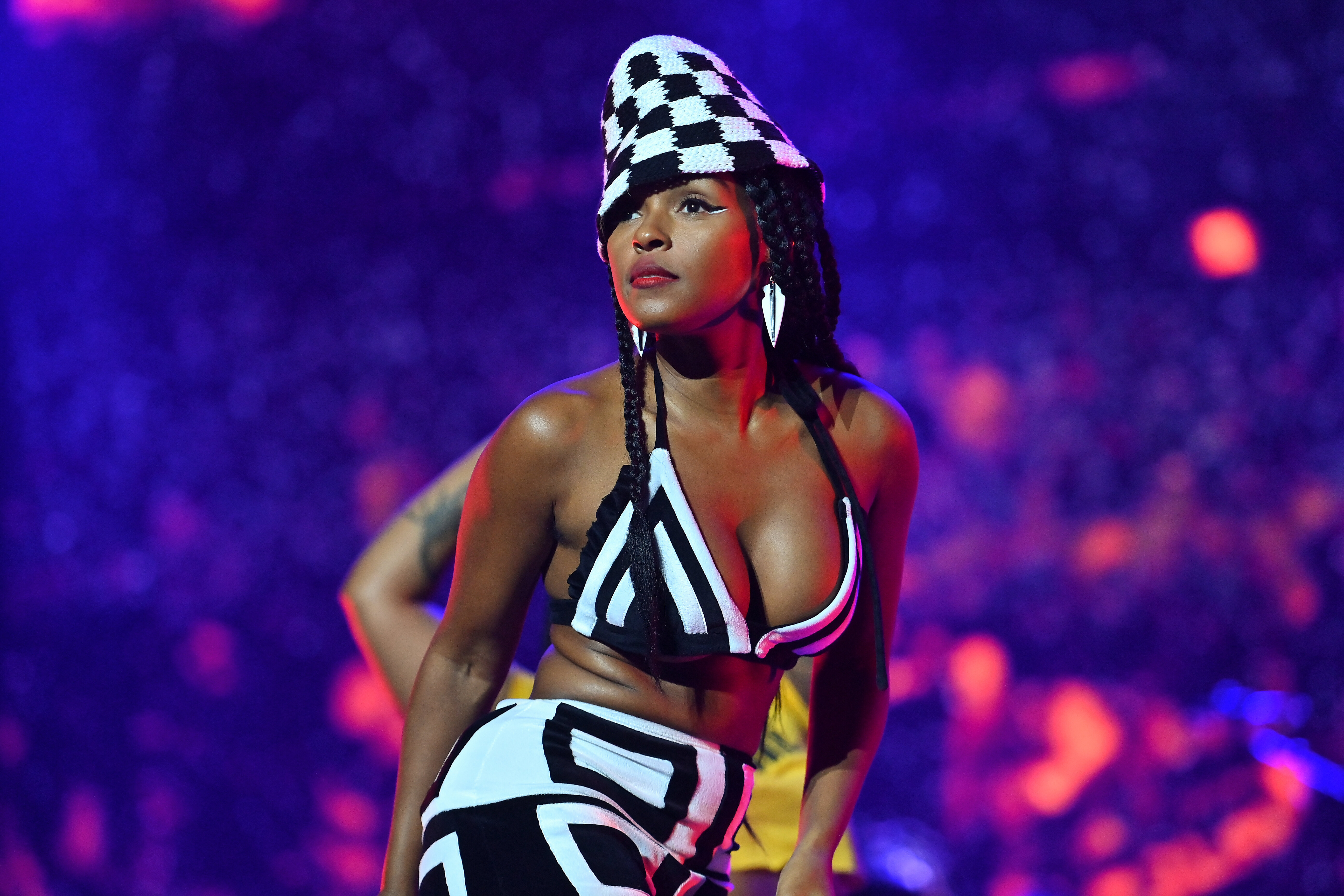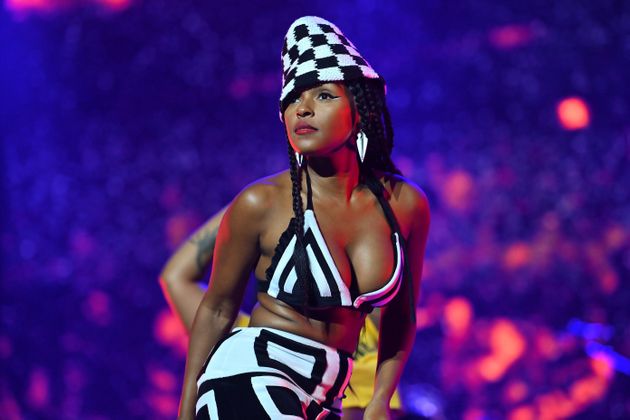The festival of the summer is almost upon us once again, as music fans prepare to head to Glastonbury to watch headline performances from Dua Lipa, Coldplay, SZA and more.
This year’s festivities take place between 26 and 30 June at Worthy Farm, where there will also be performances from the likes of Avril Lavigne, Little Simz, Shania Twain, Burna Boy and many more.
Advertisement
Those who were lucky enough to secure the ever-so-coveted tickets to this year’s event can get their highlighter pens at the ready, as the full line-ups and stage times for this year have finally been revealed.
But with that announcement also comes the dreaded clashes, as festival-goers will now have to make tough choices and decide who they want to prioritise later this month.
Here are the set clashes that have left us completely torn…
Sugababes and The Vaccines (Friday)

Anthony Harvey/Brian J Ritchie/Hotsauce/Shutterstock
You might remember that the Sugababes quite literally shut down the Avalon stage two years ago, so you can guarantee their Friday performance on the West Holts Stage from 4:55pm to 5:55pm is going to be another to remember.
Advertisement
However, they’re also set to clash with indie rockers The Vaccines’ performance at Woodsies from 4:30pm to 5:30pm.
Jamie xx and Jungle (Friday)

RMV/Brian J Ritchie/Hotsauce/Shutterstock
Dance fans are going to have to decide where to take their boogie shoes on on Friday night, as Jamie xx will be performing on the Woodsies stage from 10:30pm to 11:45pm, while Jungle will be headlining the West Holts stage around the same time from 10:15pm to 11:45pm.
Both acts will no doubt bring the revelry and escapism attendees will be looking for, but it’s a matter of whether you’re leaning towards electronic or something a little more funky. Oh, and as if that wasn’t enough, Fontaines D.C. are also on at 11pm on The Park Stage, too.
Cyndi Lauper and Tems (Saturday)

Andrew H. Walker/Richard Isaac/Shutterstock
Advertisement
A tough one for girls who just want to have fun.
Both sets from US pop star Cyndi Lauper and Nigerian R&B star Tems on Saturday are set to be big weekend highlights. Cyndi will be on the Pyramid Stage from 2:30pm to 3:30pm (marking her Glasto debut more than 40 years into her music career), while Tems will be on The Other Stage from 2:15pm to 3:15pm.
Disclosure and Jessie Ware (Saturday)

Ash Knotek/Amy Harris/Shutterstock
This one is more of a triple clash, as Coldplay, Disclosure and Jessie Ware will be performing on the Pyramid stage, Other stage and West Holts stage, respectively, at the same time on Saturday.
While the start times are slightly staggered, each of the acts is due to finish up at 11:45pm. The euphoria of A Sky Full Of Stars, thumping basslines of Latch or the hip-shaking abandon of Free Yourself? Take your pick…
SZA and The National (Sunday)

Adela Loconte/Casey Flanigan/imageSPACE /Shutterstock
Advertisement
Of course, we know that the simultaneous evening headliners on the Pyramid and Other stage always make for a tough choice. But while they may be intended to suit different tastes, what about those of us who like to get deep in our feels to a range of genres?
SZA and The National’s headlining set will be a tough one for eclectic music fans to decide between, with the Kill Bill singer’s performance beginning at 9.30pm, before the Brooklyn alternative rock band take to the Other stage just 15 minutes later.
Avril Lavigne and Janelle Monáe (Sunday)

Chris Tuite/imageSPACE/Daniel DeSlover/Shutterstock
Sk8ter bois and and pleasure seekers will have to make a difficult decision on Sunday night, as Avril Lavigne and Janelle Monáe’s performances are set to very much overlap.
Janelle will be on the Pyramid Stage from 5:45pm to 6:45pm, while Avril will take to the Other stage from 6pm to 7pm. Maybe see how fast those legs can move if you want to try and catch the first 15 minutes of Janelle’s set before bolting over for some pop punk.
Advertisement
Romy and Nia Archives (Sunday)

Dave Hogan/Hogan Media Ltd/Shutterstock Dave Burke
Dance or jungle? The xx solo star Romy will be performing one of her joyful sets with songs like Enjoy Your Life and Strong over on the Woodsies stage from 8pm until 9pm on the Sunday, while Nia Archives (who was handpicked by Beyoncé to open one of her London Renaissance shows last year), will be tearing up the decks at, yes, exactly the same time, on the West Holts stage.
The good thing is, though, Romy will also be doing a DJ set at Levels on the Friday afternoon if you want to make it to that instead.
Burna Boy and Ghetts (Sunday)

ExclusiveAccess/Shutterstock/Ray Tang
Burna Boy and Ghetts are set to take to the stage as the penultimate Sunday night acts on the Pyramid Stage and The Park Stage, respectively, both taking place in the one hour slot of 7:30pm to 8:30pm.
Advertisement
Given the amount of collaborations that the two artists have racked up, their sets are both ripe for at least one surprise guest performer.













